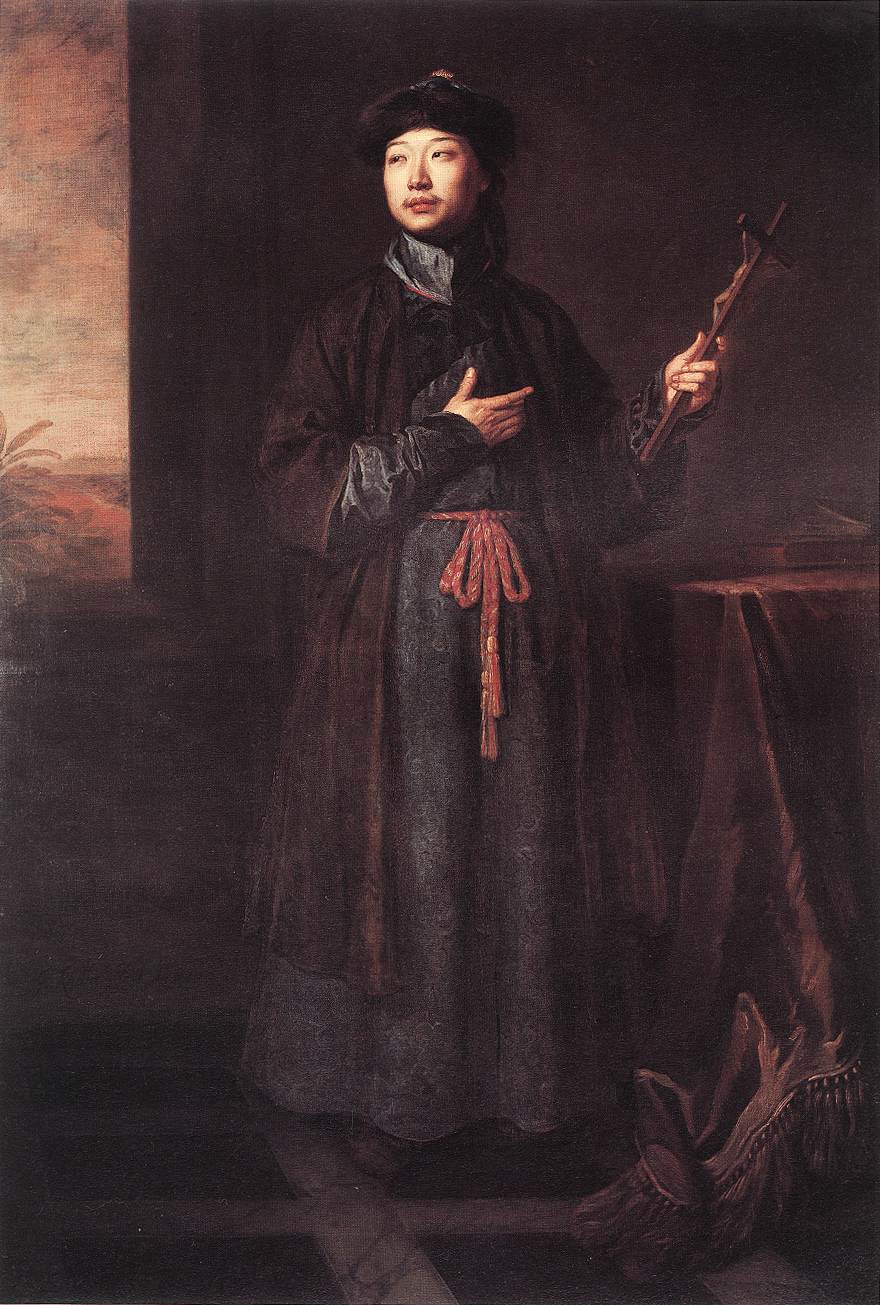 Rare Documents, Books, Art Showcase East-West Interaction
Rare Documents, Books, Art Showcase East-West InteractionRare documents, books and art works now on display in Los Angeles showcase the lively interaction between the West and China over several centuries. Mike O'Sullivan reports, the exhibit at the Getty Research Institute reveals a mutual fascination.
It is a small exhibition of some 70 items from the Getty's own holdings, but each is rare and striking, says the Getty's Marcia Reed.
"And what they document is the interaction and then exchange between China and Europe, so that it's not just commodities going back and forth, and the Chinese shipping more porcelain and chinaware and tea to Europe, but it's also Europeans going to China and working with Chinese artists, architects, scientists," she noted.
The mutual fascination goes back at least to Marco Polo, the Italian trader of the 13th century who entered the service of China's Mongol ruler, Kublai Khan. Polo's popular memoir described a world of exotic wonders for European readers. This exhibit covers a later time, between the 16th and 19th centuries, when there was greater exchange and much more interaction.
Paola Dematte teaches Chinese art and archeology at the Rhode Island School of Design. She says European powers established trading outposts in China during this period, while European missionaries worked to spread their Christian beliefs. The priests of the Society of Jesus, or Jesuit order, took the lead. "Trade was certainly the motivating factor, for instance, for the Portuguese going to Macao and establishing trading ports, etc. However, the Jesuits were involved in trade as well and they were financing their missions with trade," she explained. "But their ultimate mission was to evangelize, or to convert." The missionaries had limited success in their efforts to Christianize China, but the Chinese tapped their knowledge of mathematics and science. The Chinese had known for centuries that their calendar was not accurate, which was a problem in a country where astrological calculations played a key role in governing. The Jesuits had been involved in reform of the old Julian calendar in Western Europe under Pope Gregory XIII, and they found a role as scientific advisers to the Chinese emperor. At the same time, Marcia Reed says the Jesuits were impressed with what they saw in China.
"Their heads were turned by Chinese culture," she noted. "And so the people who came back and wrote the books or brought back drawings, made prints perhaps, were quite engaged by Chinese culture and wanted to know more about it." Working with Chinese converts, the missionaries published religious books for Chinese readers, and they wrote books about Chinese customs and beliefs in French and other European languages. Some of the works are on display in the exhibition. Reed says the highlight of the show is a collection of 12 prints of the emperor's summer palace near Beijing. It was destroyed by combined French and British forces in 1860, in one of several low points in China's Western relations in the 19th century. Amid the Chinese buildings, there was a series of Western ones designed by Jesuits and modeled on Europe's royal palaces. Today, the ruins can be seen, but these prints show the building when they were still standing. "It's called the Old Summer Palace," she added. "You can visit it. And those designs were made by the emperor to commemorate this architectural project that he had built for himself." The exhibit also includes a book of instructions for refurbishing the Beijing observatory, written by the Flemish Jesuit Ferdinand Verbiest, and an early Korean reprint of a world map that he prepared for the emperor. Chinese-theme designs graced European objects from tapestries to teapots in the 17th and 18th centuries, and an earlier Getty exhibition looked the fascination in Europe with things Chinese. The current exhibit shows that the fascination was mutual.
Link to original article (here)
No comments:
Post a Comment
Due to a high volume of spamming I have had to enable comment moderation. It may take a day to see your comment published. Respectful and thoughtful comments welcome